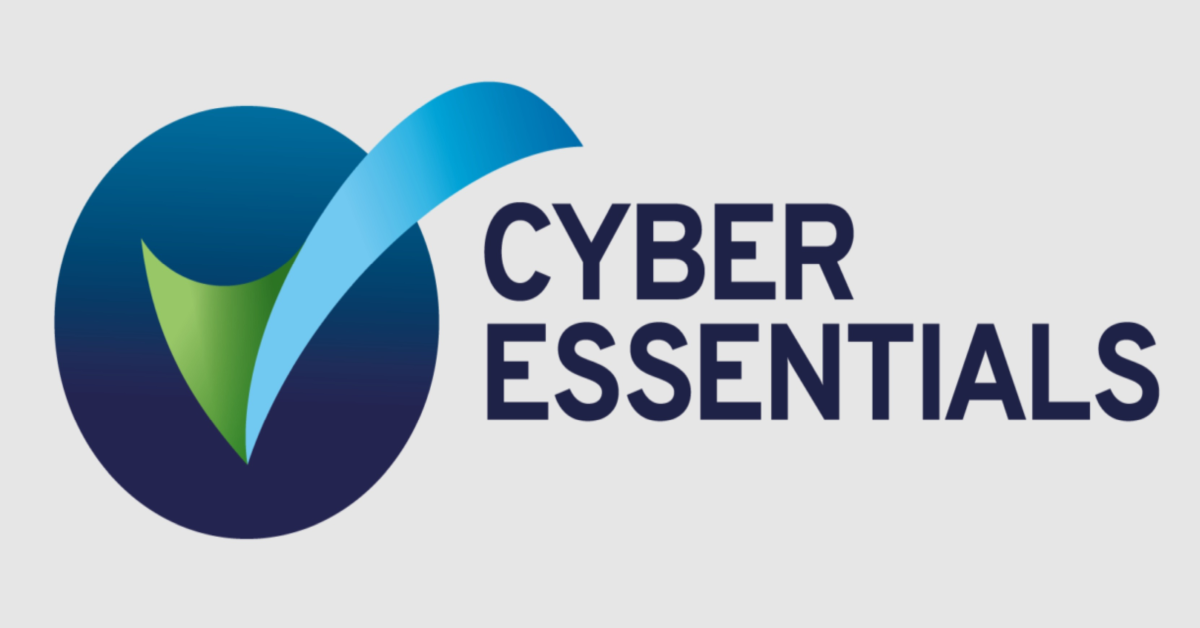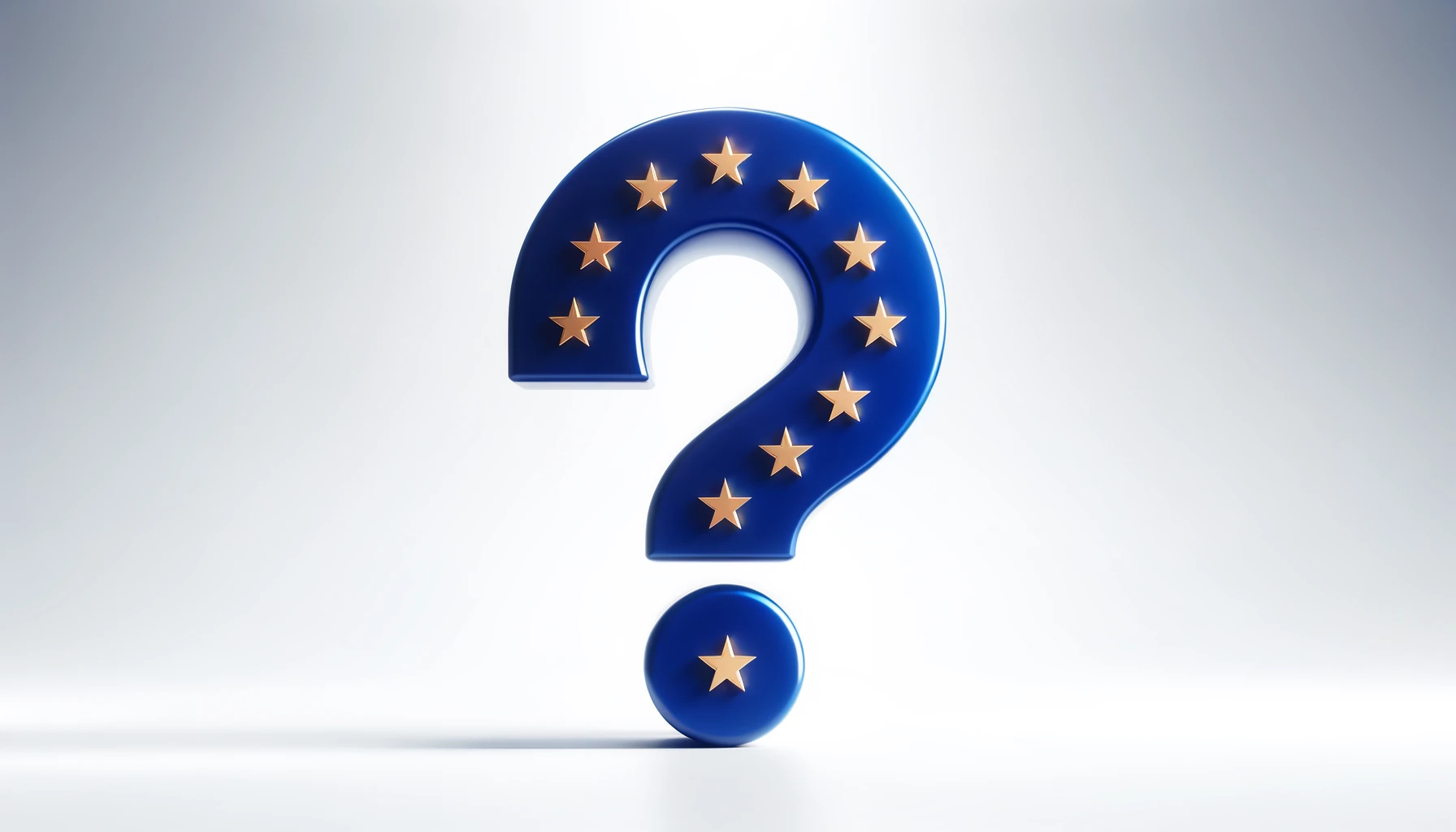Cyber attacks don’t just target large corporations. Every week, countless small and medium-sized businesses across the UK are hit by phishing attempts, malware infections, and opportunistic breaches. Many of these attacks succeed not because of sophisticated tactics, but because basic cyber hygiene has been overlooked.
That’s where Cyber Essentials comes in; a government-backed certification scheme designed to help organisations put in place the simple but vital controls that protect against most common cyber threats.
For businesses wanting extra assurance, Cyber Essentials Plus offers a more rigorous, independently verified version of the same framework.
What Is Cyber Essentials?
Cyber Essentials is a UK Government and National Cyber Security Centre (NCSC) endorsed certification scheme that sets out the key technical controls every business should have to guard against common cyber attacks.
It’s managed by IASME (the sole accreditation body) and is designed to be practical, affordable, and achievable for organisations of all sizes; especially SMEs.
At its heart, the scheme focuses on getting the basics right: closing vulnerabilities, securing configurations, managing access properly, and keeping software up to date. These measures can stop up to 80% of the most common cyber attacks; a powerful statistic for something so straightforward.
Cyber Essentials vs Cyber Essentials Plus
Both levels of certification use the same framework, but they differ in how compliance is verified.
Cyber Essentials
- A self-assessment questionnaire covering the five key control areas.
- An external vulnerability scan to check your internet-facing systems for obvious weaknesses.
- Assessment and certification handled by an accredited body, usually within a few days.
This level is ideal for smaller organisations that want to show they’ve taken baseline precautions without the cost or logistics of a full audit.
Cyber Essentials Plus
- You must already hold a valid Cyber Essentials certificate.
- Includes an independent technical audit carried out by a qualified assessor (on-site or remotely).
- Involves internal vulnerability scanning, configuration testing, user account checks, and verification that protections; such as multi-factor authentication and anti-malware tools are working in practice.
Whereas Cyber Essentials demonstrates that the right policies and controls should be in place, Cyber Essentials Plus proves they are.
The Five Key Control Areas
Both versions assess your organisation against the same five control categories:
- Firewalls and Internet Gateways – Ensuring that only safe and necessary network traffic passes into your systems.
- Secure Configuration – Removing or disabling unnecessary accounts, services, and software to reduce attack surfaces.
- User Access Control – Granting permissions appropriately and enforcing strong authentication (including MFA where possible).
- Malware Protection – Implementing robust anti-malware tools, configured and updated properly.
- Patch Management – Keeping software, operating systems, and devices up to date with the latest security fixes.
Each area targets vulnerabilities that attackers routinely exploit. For Cyber Essentials Plus, assessors will test real systems to confirm these controls are not just documented, but functioning.
Why Cyber Essentials Matters for SMEs
1. Strengthened Defences
Even partial implementation of Cyber Essentials controls can dramatically reduce risk. Most successful attacks exploit predictable weaknesses — default passwords, missing patches, outdated software; all of which this scheme addresses.
2. Customer and Supply Chain Confidence
Certification demonstrates that your business takes cybersecurity seriously. It’s increasingly becoming a minimum requirement in tenders and supplier assessments, particularly for public sector contracts.
3. Competitive Advantage
For many clients, especially in finance, education, and technology, choosing a certified supplier is about managing their own risk. Displaying the Cyber Essentials badge helps set you apart.
4. Insurance and Cost Benefits
Organisations certified under Cyber Essentials may qualify for free cyber liability insurance (subject to eligibility). Even if not, insurers often view certification as evidence of risk maturity, potentially reducing premiums.
5. Long-Term Resilience
Embedding these controls improves your overall IT discipline. Over time, this supports compliance with broader frameworks such as ISO 27001, GDPR, and NIS2; and lays a solid foundation for future maturity.
How the Certification Process Works
Here’s a straightforward outline of what to expect, particularly if you choose a certification partner like IT Governance.
Step 1 – Define Your Scope
Decide what part of your organisation you want to certify — it might be your entire business, or just specific systems or locations. Clear scoping helps avoid complexity later.
Step 2 – Prepare and Remediate
Review your current setup against the five control areas. Apply updates, reconfigure systems, and document your processes. Many SMEs find this stage the most educational.
Step 3 – Self-Assessment and External Scan
Complete the self-assessment questionnaire (SAQ) and run the required external vulnerability scan. Once your responses are reviewed and approved, you’ll be awarded the Cyber Essentials certificate; valid for 12 months.
Step 4 – Technical Audit (for Plus)
If you’re pursuing Cyber Essentials Plus, an accredited assessor will perform a hands-on verification of your systems. This includes internal vulnerability scans, sample device testing, and user control checks.
Step 5 – Maintain and Renew
Certification must be renewed annually to stay valid. Threats evolve quickly, so it’s vital to maintain patching, configuration, and monitoring throughout the year rather than rushing before renewal.
Common Pitfalls for SMEs
Even with good intentions, many smaller businesses stumble on a few recurring issues:
- Outdated or unsupported software – Old systems that can’t receive updates will usually fail certification.
- Cloud services overlooked – Remember that platforms like Microsoft 365, Google Workspace, or hosted applications can be in scope.
- Weak password policies – Without multi-factor authentication and strong password enforcement, compliance can be tricky.
- Unclear asset inventories – Unknown devices or systems can undermine your certification scope.
- Inconsistent patch management – Forgetting to patch third-party tools or firmware is one of the most common causes of non-compliance.
Taking time to address these early makes the certification process much smoother; and strengthens your defences in the process.
Working with IT Governance
While your business may manage its own readiness or advisory work internally, IT Governance provides a seamless path to formal certification.
Their fixed-price Cyber Essentials packages include everything needed to achieve certification, from initial self-assessment guidance through to the full Cyber Essentials Plus audit. They also offer fast-track options, expert support, and bundled cyber insurance for eligible organisations.
For SMEs that want to achieve certification efficiently and with confidence, working with an accredited body like IT Governance is a smart and practical choice.
You can explore their Cyber Essentials services here: IT Governance Cyber Essentials Scheme
Beyond Certification – Building a Stronger Security Culture
Cyber Essentials should be seen as the starting point; not the finish line. Once certified, businesses can build on that foundation with:
- Regular risk assessments and penetration testing.
- Incident response plans and simulated exercises.
- Staff training to reduce human error.
- Data protection reviews and supply chain security checks.
- Broader information security management aligned to ISO 27001.
Taken together, these measures transform certification from a tick-box exercise into a genuine improvement in cyber resilience.
Conclusion
For UK SMEs, Cyber Essentials certification is one of the most cost-effective steps toward stronger cyber security. It improves resilience, boosts customer confidence, and opens doors to new business opportunities; all while helping protect your organisation from the majority of day-to-day threats.
If you’re considering certification, start by reviewing your current controls and addressing any obvious gaps. Once you’re ready, partnering with a trusted certification provider such as IT Governance will help you navigate the process smoothly.
In a world where even the smallest business can be a target, Cyber Essentials is a simple yet powerful way to prove you take security seriously; and that’s something every client values.
Visit IT Governance by clicking on the banner below:






